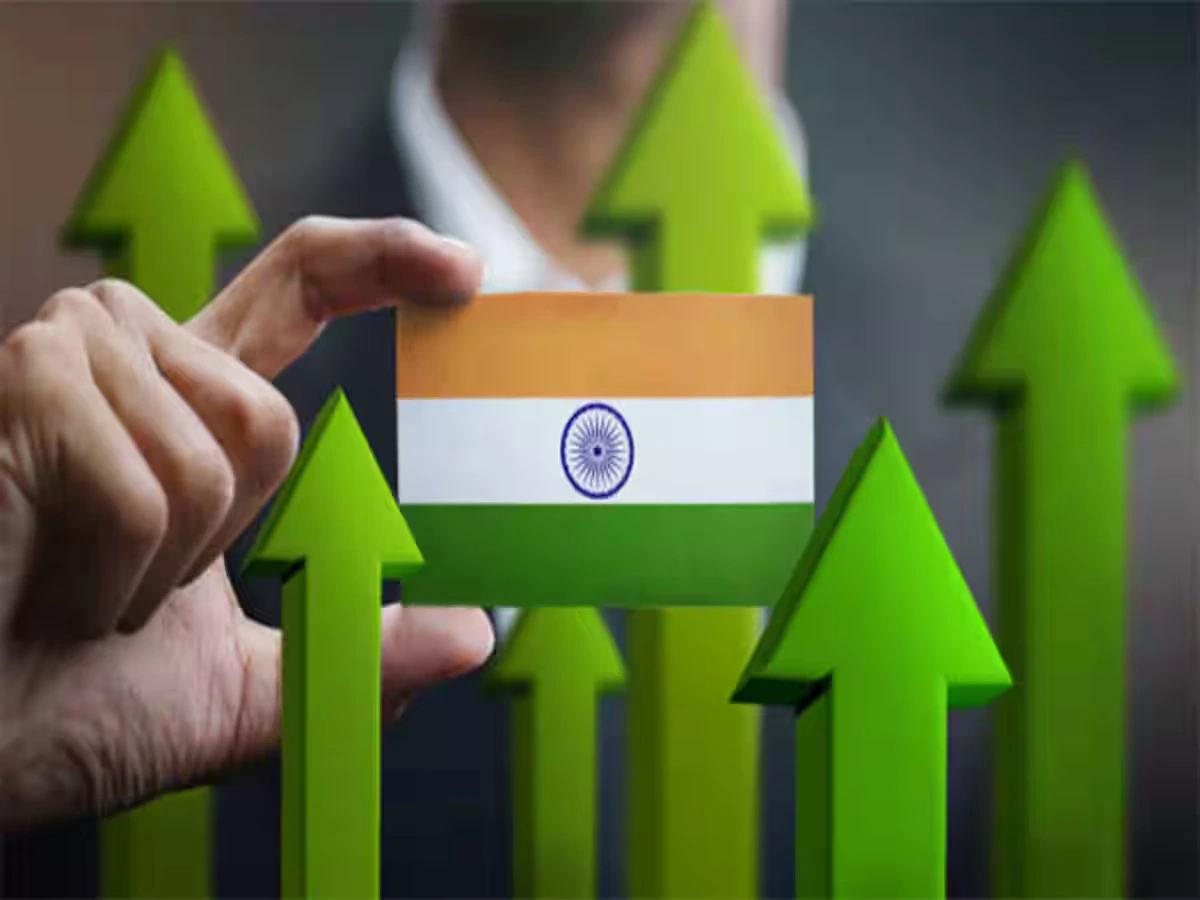India is on track to become the world’s second-largest consumer market by 2030, with consumer spending expected to rise from USD 2.4 trillion in 2024 to USD 4.3 trillion, according to a report by Edelweiss Mutual Fund. Backed by strong economic fundamentals, rising incomes, urbanization, and a digital revolution, India is set to surpass major economies in consumption growth.
India’s Consumer Market Growth: A Data-Driven Projection
According to data analysis, the consumer market is expanding due to several interconnected factors:
1. Surge in Consumer Spending
India’s consumer spending is projected to grow by 46% from 2024 to 2030. This expansion is fueled by:
- Rising disposable incomes, especially among the middle and upper-middle class.
- Higher urban demand for premium and branded products.
- Shifting consumption patterns, with an increasing preference for organized retail.
2. Declining Dependency Ratio and Its Economic Impact
India’s dependency ratio (the proportion of non-working population to the working-age population) is forecasted to drop from 47% in 2024 to 31% in 2030.
- A lower dependency ratio means more working individuals per household, leading to higher disposable income and stronger consumer spending.
- The growth rate of disposable income is expected to rise from 3.5% to 7.2% during this period.
3. Urbanization Reshaping Consumption Patterns
With rapid urban expansion, India’s urban population share will rise from 35% in 2024 to 47% by 2030.
- Urban consumers drive higher demand for lifestyle products, digital services, and luxury goods.
- The data shows a strong correlation between urbanization and consumption growth, which is expected to rise from 5.0% to 8.0% annually by 2030.
4. Digital Payments & E-Commerce Revolution
India’s digital economy is witnessing an unprecedented boom:
- Digital payments are expected to surge from USD 1.2 trillion in 2024 to USD 4.5 trillion in 2030.
- E-commerce penetration is set to grow from 25% in 2024 to 58% in 2030, reshaping consumer buying behavior.
5. Women’s Workforce Participation Driving Household Incomes
With female workforce participation increasing from 23% in 2018 to 42% in 2024, more households are shifting to dual-income structures.
- This is leading to higher discretionary spending on premium goods, travel, and entertainment.
- Women-led financial independence is also contributing to a rise in retail banking, investment, and credit-based consumption.
What This Means for India’s Future
- India’s per capita income is growing at an 8.7% CAGR, driving discretionary spending.
- The shift from unorganized to organized retail will unlock USD 600 billion in additional consumer spending.
- Quick commerce and instant deliveries are becoming a dominant trend, driven by faster logistics and changing consumer preferences.
- Rural demand for consumer durables is an untapped market that could fuel further growth.
Interesting Read
Conclusion
With a young population, rising incomes, and digital transformation, India’s consumer market is heading for a historic expansion. By 2030, it will become the second-largest consumer economy globally, redefining global consumption trends and setting new benchmarks for economic growth.







